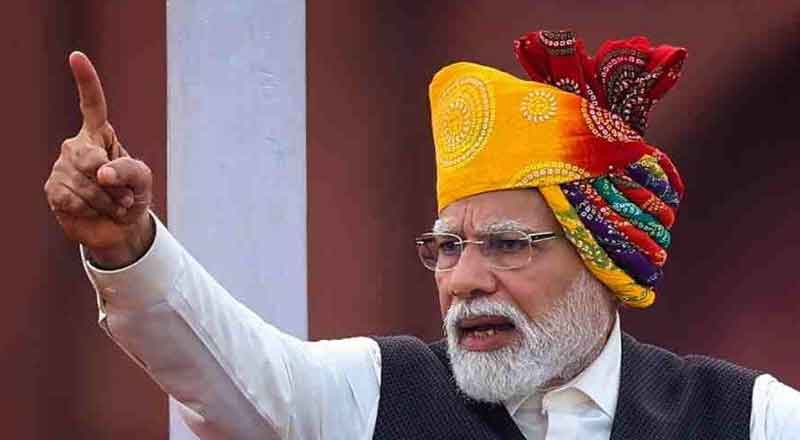Following news that OPEC+ has agreed to cut production by 9.7 million per day, with Russia and Saudi Arabia assuming the biggest production reductions;
Anna Belova, Senior Oil & Gas Analyst at GlobalData, a leading data and analytics company, offers her view on the current events:
“As soon as the cut details were finalized, questions arose as to how Russia would be able to fulfil its obligation given the accelerated schedule. Most of the country’s oil production comes from onshore fields from over 155,000 wells, where average productivity per well is just above 65 barrels per day (bd). New fields tend to have significantly higher productivities per well and advanced well controls, for example Suzunskoye wells produce above 2,000bd initially, and thus can be an instrument for a fast production cut to be reversed at later dates.
“Russia saw 60 new oil fields come online between 2016 and 2019, while the last two rounds of OPEC+ production cuts were in effect, between 2016 and 2019. These fields have a combined peak capacity approaching 900,000bd and are designed to still grow production post-2020. However, in light of the recent OPEC+ agreement and Russia’s commitment to cut over 20% of its crude production, these fields might be good candidates for cuts, given the high productivity of the wells. This is despite the fact that all fields in this group have remaining break-even price below US$20 per barrel. Holding close to 6,000 million barrels in remaining reserves, these projects are still profitable under the current price conditions, but will likely see production cuts under the new OPEC+ agreement.
“Given the progressive nature of the Russian fiscal system, the government absorbed a large share of the downside from the oil price crash. This decreased the state revenue from 60 recent fields by more than US$3bn per year and close to US$9.5bn over 2020-2022. OPEC+ cuts will further decrease the fiscal take from these fields by another US$3.6bn. Operators assumed a smaller loss from the price crash than the state, but the losses still amount to over US$1.5bn in 2020 and add up to US$4.1bn over 2020-2022. Reducing production will father decrease projected cash lows, just as operators begin to see returns from investments. With all 60 fields following the OPEC+ reduction protocol for 2020-2022, the operators post-tax cash flow decreased by additional US$2.7 billion for a total loss in cash flow of US$6.8bn over three years.





